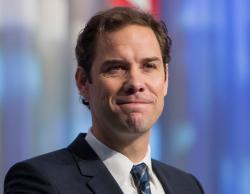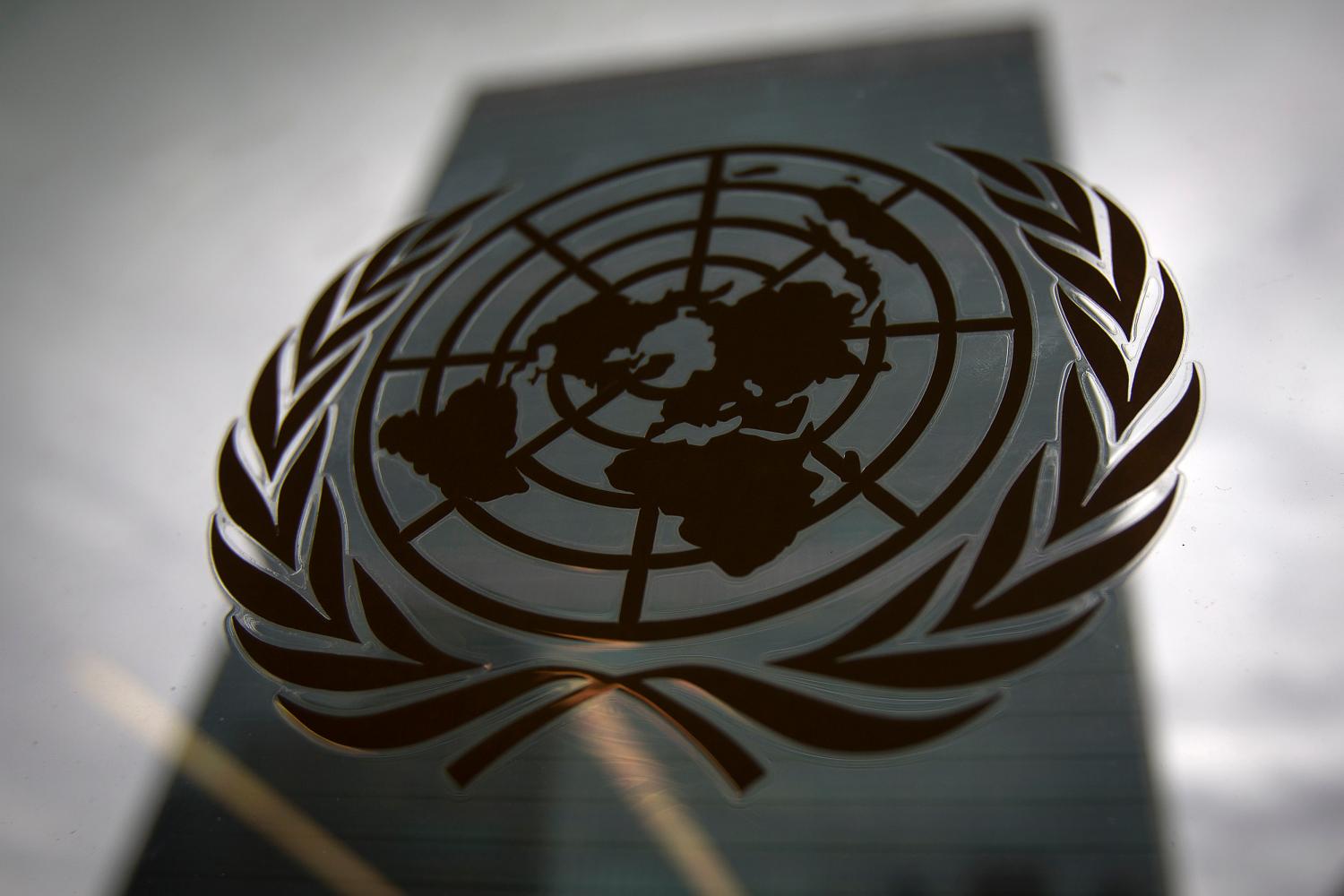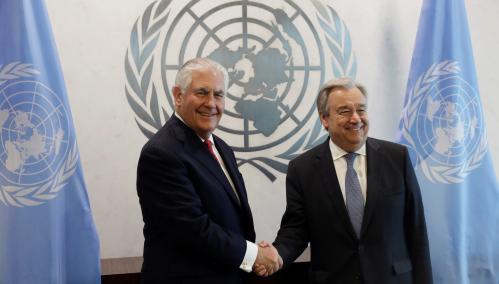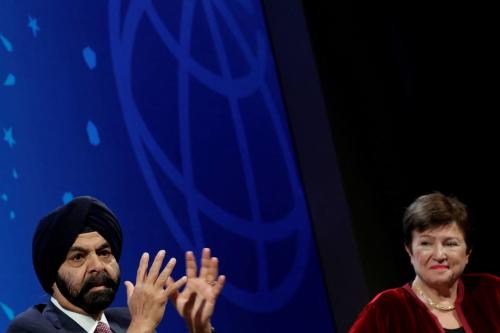When a country promises to either promote or pull back from multilateral cooperation, the implications are not immediately clear. There are more than 200 countries around the world, each with its own interests and capacities when engaging in multilateralism. Moreover, there are dozens of multilateral organizations, each of its own size and scope, and each created to tackle some specific set of international issues. These range from the World Food Program’s efforts to provide emergency humanitarian relief to the International Civil Aviation Organization efforts to promote safe and reliable air travel.
As a reference point for mapping the multilateral landscape, this policy brief presents a global snapshot of how countries—plus the Bill & Melinda Gates Foundation (BMGF)—have recently been allocating approximately $63 billion per year in direct, recurrent grant funding across 53 major multilateral entities. The latter includes 34 U.N. organizations and 19 organizations generally considered separate from the U.N. system. By estimating average annual funding flows during the 2014-2016 period, we consider two basic questions. First, how much does each funder allocate to each organization? Second, what is the relative importance of each funder to each organization? This allows us to assess which funders are the “big fish” in each organization’s funding “pond,” and how that “fish factor” compares across organizations.
To our knowledge, this is the first study to construct a broadly comprehensive recent snapshot of direct annual grant financing across the majority of large multilateral institutions. It builds on Jenks and colleagues’ (2016) assessment of U.N. development system funding and the OECD (2015) analysis focusing on its member countries’ funding to multilateral organizations. Note that our sample does not include every multilateral institution. For example, we do not include many small organizations or non-concessional multilateral development banks whose lending-based business models are anchored in periodic capital injections, such as the Asian Infrastructure Investment Bank, the International Bank for Reconstruction and Development, or the Inter-American Development Bank.






